13 Reasons to Shop at Walmart (Even If You Hate Walmart)
If you haven't shopped at the world's largest retailer in some time, here's what you've been missing.

Rachael Green
It's fair to say many shoppers have a love-hate relationship with Walmart. Prices are competitive (love), but the giant retailer consistently receives low marks in customer satisfaction surveys (hate).
Yet, 255 million shoppers worldwide still visited its stores every week in 2024.
The major retailer has been fast remaking itself, taking direct aim at rivals like Amazon or Target by creating competing membership plans and sales events.
It's expanding grocery selection is also putting pressure on budget and upscale supermarket chains, with prices rivaling Aldi and Kroger as well as a growing selection of premium and organic foods rivaling Whole Foods.
"Walmart sells just about everything you could ever need so planning a trip to this big box retailer could make your life easier and reduce the need to go into multiple stores,” says consumer savings expert Andrea Woroch.
The changes are working. Wealthy shoppers are flocking to the retailer in search of faux luxury fashion and organic groceries. Deal hunters are smitten with the Walmart Plus membership and the growing list of perks it offers (like a free Paramount Plus subscription).
We checked out a couple of Walmart stores in central Virginia to take in some of the changes unfurled by Uncle Wally.
We've also been tracking new features and services across Walmart's online shopping platform, and spoke with some shopping experts. Take a look at what you'll find.

Grocery Upgrades (Including Organics)
Walmart has revamped its grocery sections to deliver a more upscale and convenient shopping experience. Updated stores now include redesigned produce displays and expanded gourmet offerings like charcuterie and sushi.
The retailer has improved its selection of organics, providing a broader selection of fresh high-quality products. Grab & Go sections cater to busy shoppers with quick meal options while improved layouts streamline navigation, underscoring Walmart’s efforts to adapt to changing consumer demands.
And here’s something I thought I’d never see at Walmart: A healthy push into the world of organic foods. While the chain is phasing out the Wild Oats organic brand from its shelves, it’s replacing it with newly launched organic items from its low-cost Great Value line.

Reinvented Greeters Do More
The stalwart front-of-the-store Walmart greeter is being phased out. Walmart is replacing its "people greeters" with "customer hosts" who have expanded duties including handling refunds, keeping the aisles clean and checking receipts and carts warehouse-club-style as shoppers exit stores. Since hosts are required to perform more tasks than old-school greeters, they'll be able to assist with a wider range of customer needs.
The decision hasn't been universally celebrated. In particular, disabled greeters (and their advocates) complained in 2019 that they were being forced out because they can't perform the additional duties required of hosts. After a wave of bad PR, Walmart U.S. stores president and CEO Greg Foran vowed at the time to make every effort to find new positions for displaced disabled greeters (Foran has since left Walmart).
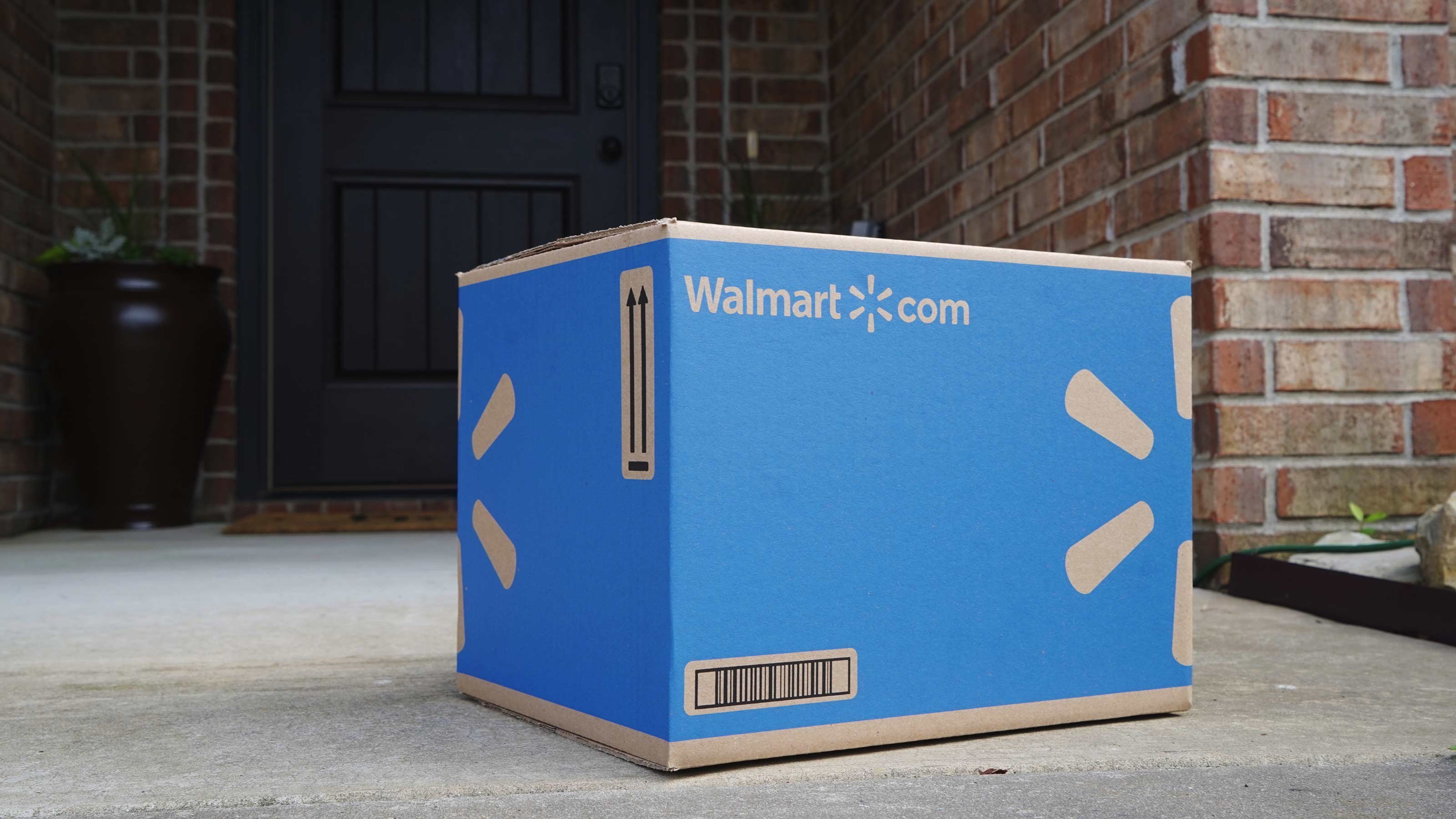
Free Next-Day Delivery and WalmartPlus
In a swipe at Amazon, Walmart offers fast, free shipping on orders totaling $35 or more to all shoppers, members or otherwise. Unlike Amazon Prime, which also offers free next-day delivery, you don't have to be a member to be eligible for Walmart's one or two-day shipping. (Prime members pay $139 annually for free access to expedited delivery options including next-day delivery.) As long as your order meets the qualifying minimum, Walmart ships your items to you at the fastest available speed.
And now Walmart has Walmart Plus, its answer to Amazon Prime (and a way for you to get fast, free delivery with no minimum order). For $98 a year, WalmartPlus members get:
- Free next-day and two-day shipping on eligible items with no order minimum
- Free same-day or next-day delivery from your neighborhood Walmart, including groceries ($35 minimum order)
- Free Paramount Plus subscription
- Discounts on gasoline
- Mobile scan and go, meaning you can shop in the store with the app and check out with your phone for virtually contactless shopping.
Like Amazon with its Prime membership, Walmart says it will be tinkering with WalmartPlus and adding new services regularly.
Try Walmart+ for free for 30 days and take advantage of free shipping, free same-day delivery, a free subscription to Paramount+ and more. Normally, membership costs $12.95/month or $98/year.

Free Curbside Pickup
Walmart’s grocery customers can place orders online and then drive to their neighborhood store to have their bagged items loaded into the car for free. There's no need to leave your vehicle or enter the store. The service is free.
Walmart is also building onto the corner of many of its stores a dedicated area to pick up non-grocery items bought online, so shoppers don't have to wander into the sprawling Walmart Supercenters. It's fast, easy and there's no surcharge or membership fees. And if the item is already on the shelves of that store, you can get it the same day. Click here to see if it’s available in your town.
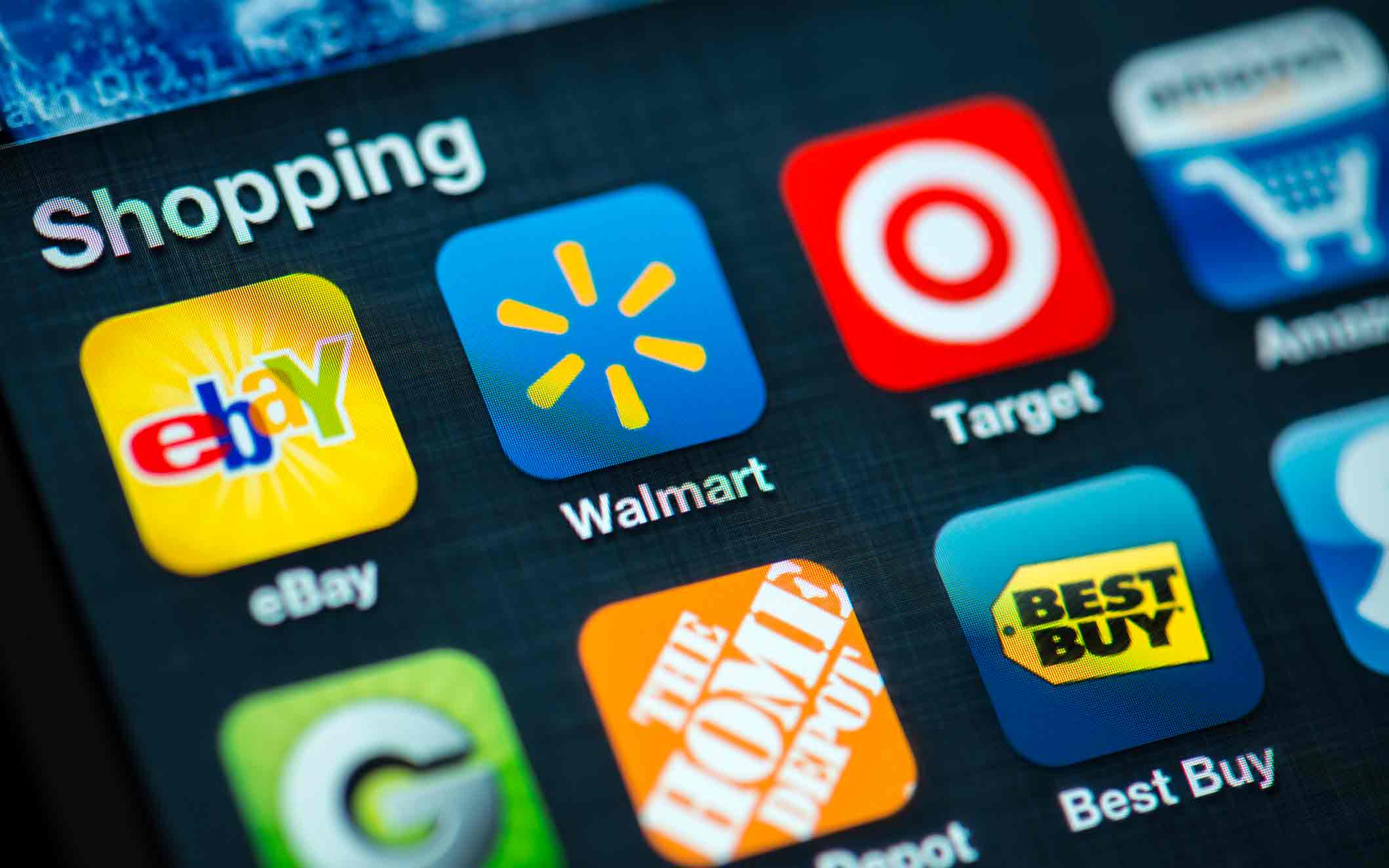
A Streamlined App
Walmart has significantly enhanced its app and online shopping experience, introducing features designed to eliminate guesswork. Shoppers can now create and manage gift registries seamlessly, with features like recommended items and the Scan to Add option, which allows in-store additions via the app. Kids can also create shareable wish lists, streamlining holiday gifting for friends and family.
For clothing shoppers, tools like "Choose My Model" and "Be Your Own Model" provide a personalized virtual try-on experience. Walmart has also improved labels for EBT-eligible groceries and expanded Spanish-language search functionality.
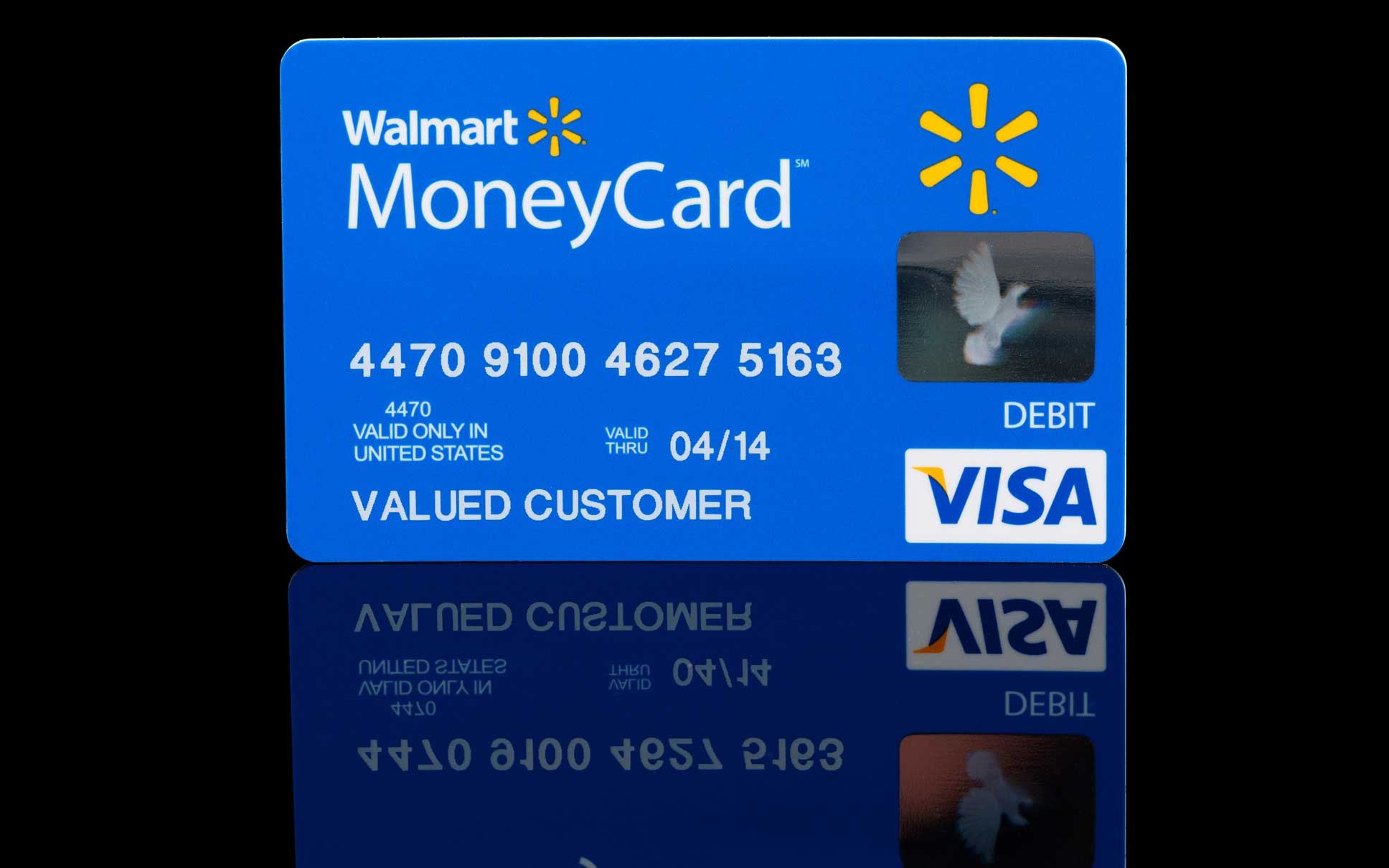
In-Store Financial Services
Walmart’s in-store MoneyCenter (or in some stores, its customer service desk) acts as a quasi-bank and Western Union (actually, MoneyGram), offering convenient access to financial services ranging from tax services to money transfers. Stores also process bill payments, issue money orders and even print checks.
You can even cash checks at Walmart. It costs $4 for up to $1,000 and a maximum of $8 for checks of more than $1,000.
The retailer’s financial product lineup includes the Walmart MoneyCard, a reloadable prepaid card that allows paycheck cashing, direct deposit and cash back on Walmart purchases, along with a 2% APY on up to $1,000 in a linked savings account.
For credit card users, the Capital One Walmart Rewards Mastercard offers 5% cash back on pickup and delivery purchases made through Walmart.com or the Walmart app, 2% back in Walmart stores, at Murphy USA gas stations, on dining and travel
and 1% back on all other eligible purchases.
Cardholders also enjoy perks like purchase protection, price protection and extended warranty coverage, with additional benefits for those approved for the World Elite Mastercard version, such as cell phone protection. Points are earned in the form of rewards valued at one cent each and can be redeemed for statement credits, gift cards, or travel through the Capital One Travel Portal.
More recently, it announced it was adding buy now, pay later directly to its checkout screens as part of a larger overhaul of OnePay, the retailer's digital wallet app.
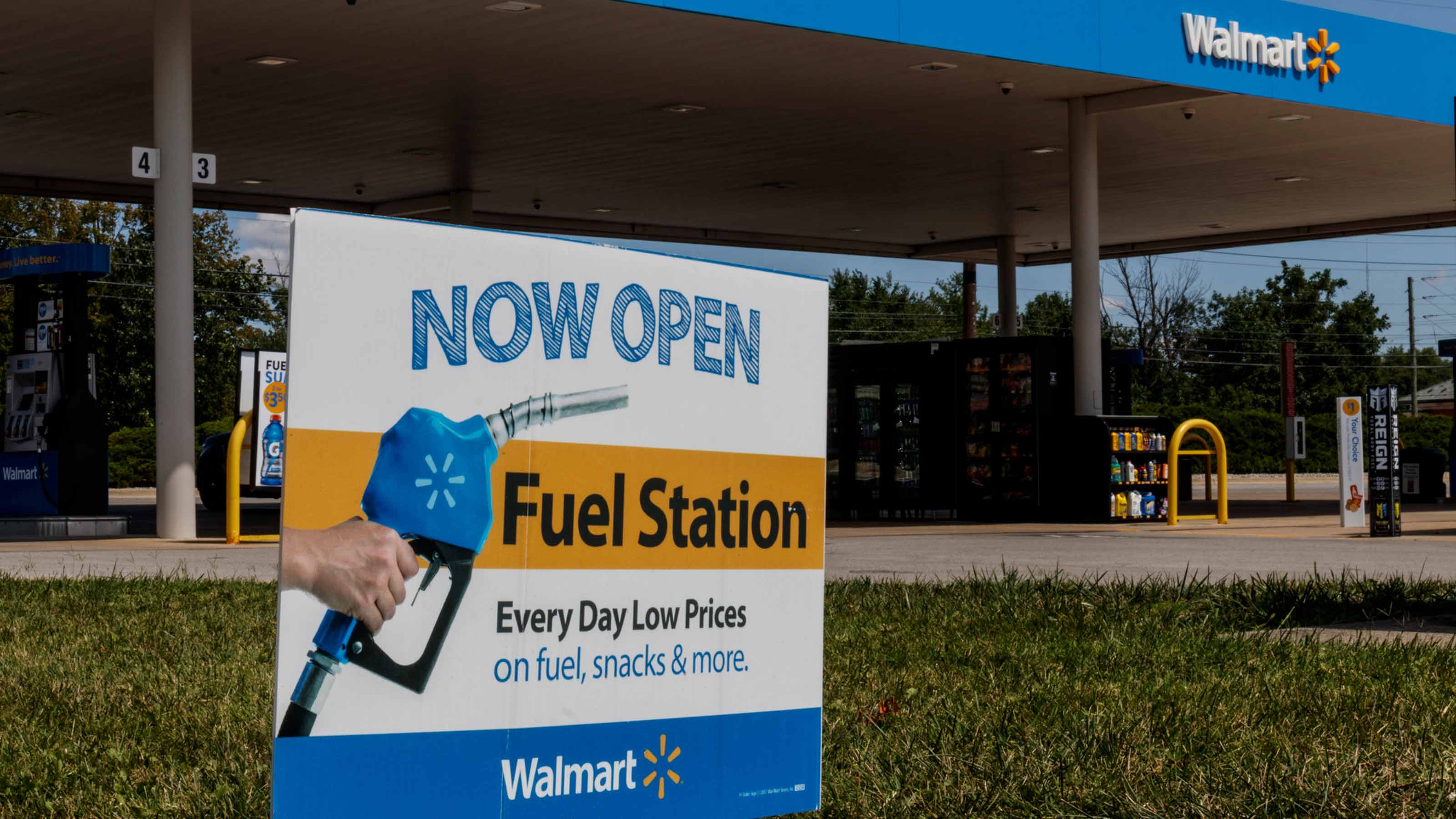
Cheap(er) Gas -- for a Price
In the 90s, some of us climbed on board the Sam's Club train to take advantage of gas prices that ticked a few cents lower than nearby gas stations. Sam's Club, the warehouse club chain owned by Walmart, beat many Walmart stores to the punch with gas islands.
But now, many Walmarts have gas stations, and their prices are typically lower than surrounding gas stations.
Plus, "If you’re a Walmart Plus member ($98 a year), remember to fill up at their member gas stations," says Bodge. Members save 10 cents per gallon when they pay via their Walmart app at the pump. "Participating gas merchants are Sam’s Club, Murphy, and the Walmart stores that have gas pumps."
That's an additional 10 cents off per gallon on top of the already low gas prices.
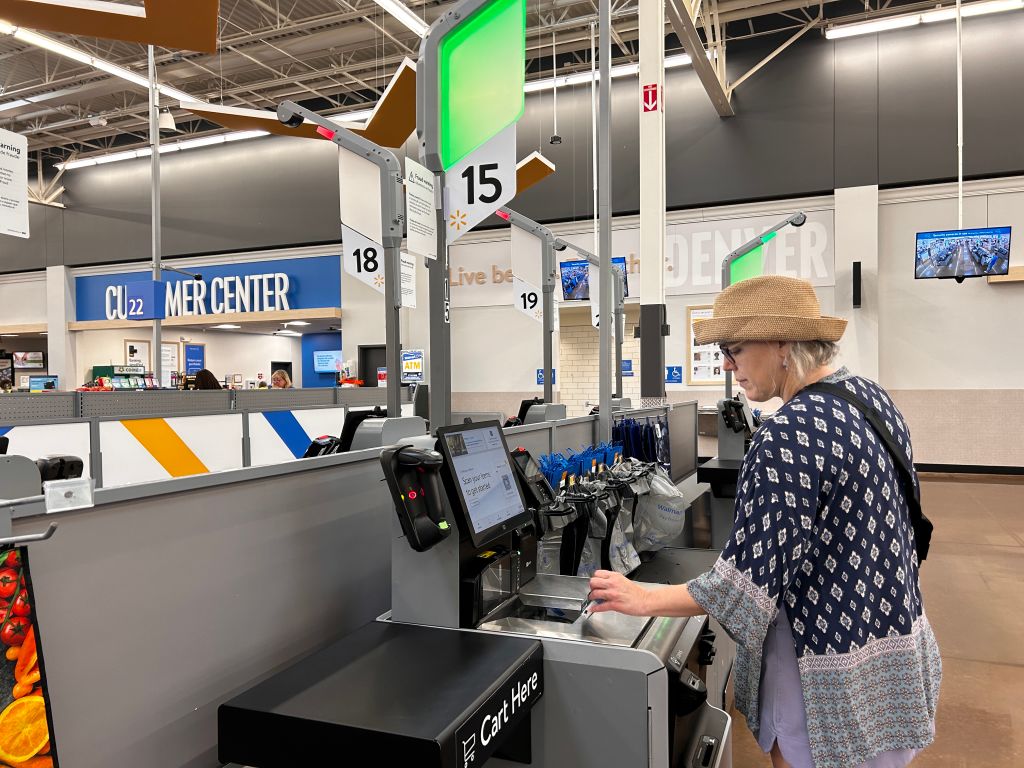
Lots of Self-Checkout Registers
Walmart over decades past was known for notoriously slow checkouts, long lines and a lot of registers — but most of them closed.
Walmart's has a fix for that, with banks of self-checkout registers overseen by a single employee. That was my experience at two Walmarts in central Virginia. One had a dozen self-checkout registers clustered together (so fewer employees are needed at the front end) and they were filled to capacity in the midday hour I visited. Each of the registers has a small video screen where you can watch yourself check out, presumably while someone is watching on the other end.

You Can Park Your RV Overnight
If you're one of the thousands of retired Americans living life on the road, you may be able to park your RV overnight at Walmart. There are no electric, water and sewer hookups, of course, and not every Walmart allows it, but many do. (Walmart notes more than 1,000 of its locations do not allow overnight parking, usually because of restrictions imposed by the landlord of the property or the municipality.)
Walmart doesn't charge for parking and notes roaming RV owners are some of its best customers. As a courtesy, RV owners say, overnighters should do some shopping in the store that allowed overnight parking. You should check with a store manager whether it's OK to park in their lot overnight.

The Blue Vests Got a Fashion Makeover
Walmart updated its employee dress code to allow store associates to wear more comfortable attire, such as jeans and sneakers, encouraging them to bring their personal style to work. The response has been overwhelmingly positive, with associates nationwide embracing this flexibility.
While the signature blue or green Walmart vest remains a staple, associates now have the choice to wear it or opt-out. For those who prefer the vest, Walmart introduced a modernized design featuring steel gray fabric with colorful trim and a pop of color from the Walmart spark. Made from recycled materials, the new vests also have larger pockets for functionality.

More Premium Brands
The giant retailer, mostly famous for fuddy-duddy apparel, cheap basics and knockoffs, is seriously stepping up its fashion game.
The retailer is in the midst of rebranding itself as a go-to for affordable fashion with a luxury feel. One of the most recent examples of that is the viral Birkin bag lookalike that sold out almost instantly.
Walmart has made a name for itself in the fashion world by offering stylish and affordable options through its in-house brands like Free Assembly, Time and Tru, and the Sofia Vergara Collection.
Free Assembly is a go-to for easy-to-style pieces that mix and match seamlessly, with versatile options for women and an adorable kids' line.
Time and Tru offers a wide range of basics and bold styles, including maternity wear, making it a favorite for timeless staples like faux leather leggings, ribbed tunics, and utility pants.
The Sofia Vergara Collection adds a touch of fun with vibrant prints, unique necklines, and standout denim featuring stylish belts and hems.

Walmart is Giving Back
In 2024, Walmart and the Walmart Foundation contributed more than $1.7 billion in cash and in-kind donations to support programs addressing pressing global challenges.
These efforts focused on creating opportunities, advancing sustainability, strengthening communities and promoting racial equity through the Center for Racial Equity.
By partnering with grantees, Walmart aims to tackle large-scale economic, environmental and social issues. Those interested in applying for grants can explore the foundation’s priority areas and review its grant eligibility page for details on how to collaborate.

Savvy Ways to Save Even More at Walmart
Walmart is known for its everyday low prices, but savvy shoppers know there are other ways to save even more. One effective strategy is to use Walmart’s app or website to stay informed about sales and promotions.
Additionally, third-party platforms like CouponCabin offer cash-back opportunities for Walmart purchases.
Another tip is to use discounted Walmart gift cards from websites like GiftCardGranny, where savings vary throughout the year.
Related content
Get Kiplinger Today newsletter — free
Profit and prosper with the best of Kiplinger's advice on investing, taxes, retirement, personal finance and much more. Delivered daily. Enter your email in the box and click Sign Me Up.

Bob was Senior Editor at Kiplinger.com for seven years and is now a contributor to the website. He has more than 40 years of experience in online, print and visual journalism. Bob has worked as an award-winning writer and editor in the Washington, D.C., market as well as at news organizations in New York, Michigan and California. Bob joined Kiplinger in 2016, bringing a wealth of expertise covering retail, entertainment, and money-saving trends and topics. He was one of the first journalists at a daily news organization to aggressively cover retail as a specialty and has been lauded in the retail industry for his expertise. Bob has also been an adjunct and associate professor of print, online and visual journalism at Syracuse University and Ithaca College. He has a master’s degree from Syracuse University’s S.I. Newhouse School of Public Communications and a bachelor’s degree in communications and theater from Hope College.
- Rachael GreenPersonal finance eCommerce writer
-
 How Many IRS Commissioners Have We Gone Through This Year?
How Many IRS Commissioners Have We Gone Through This Year?IRS Who were the former commissioners, and why did they resign? Find out how IRS turnover can impact your taxes.
By Kate Schubel
-
 Trump Dials Back Most Tariffs but Targets China
Trump Dials Back Most Tariffs but Targets ChinaThe Kiplinger Letter Wall Street hopes that higher tariffs on most countries are on hold for good. But the trade war between the U.S. and China is heating up.
By Jim Patterson
-
 Five treats to splurge on with your tax refund
Five treats to splurge on with your tax refundWant to use your tax refund to splurge on a little something nice this spring? Here are five treats to make the most out of that extra cash.
By Rachael Green
-
 Starbucks 2025 Dress Code Changes: See the New Look
Starbucks 2025 Dress Code Changes: See the New LookThe 2025 Starbucks dress code change features a uniformed look as part of creating a more familiar and friendly cafe experience.
By Sean Jackson
-
 Sam's Club Plans Aggressive Expansion: Discover Its New Locations
Sam's Club Plans Aggressive Expansion: Discover Its New LocationsSam's Club expansion plans will open up to 15 new stores each year. Learn where they plan to open in 2025.
By Sean Jackson
-
 Don’t Panic About the 'Retail Blackout' – See Which Stores Are Closing (and Which Aren’t) for Easter 2025
Don’t Panic About the 'Retail Blackout' – See Which Stores Are Closing (and Which Aren’t) for Easter 2025Dozens of major retailers are planning to close their doors on April 20. Find out which of your go-to stores are on the list.
By Rachael Green
-
 Amazon Haul Online Is Here – Shop Under $20 Deals Without the App
Amazon Haul Online Is Here – Shop Under $20 Deals Without the AppThe Amazon storefront where everything costs $20 or less is now available online.
By Rachael Green
-
 Lowe's Stores Closing All Locations for 24 Hours
Lowe's Stores Closing All Locations for 24 HoursLowe's will close all of its retail locations and contact center for one day in April.
By Sean Jackson
-
 What to Do With Your Tax Refund: 6 Ways to Bring Growth
What to Do With Your Tax Refund: 6 Ways to Bring GrowthUse your 2024 tax refund to boost short-term or long-term financial goals by putting it in one of these six places.
By Rachael Green
-
 Trump's Tariffs Could Make Your Favorite Clothing Brands More Expensive
Trump's Tariffs Could Make Your Favorite Clothing Brands More ExpensivePresident Donald Trump announced tariffs on imported goods from a litany of countries. See how these tariffs will impact your favorite clothing line.
By Sean Jackson

